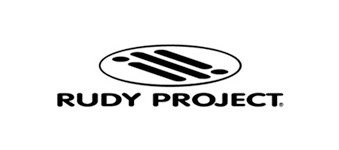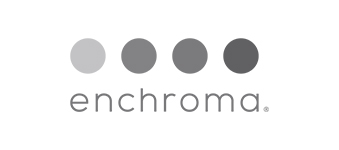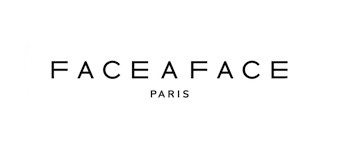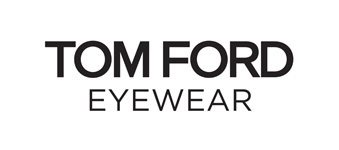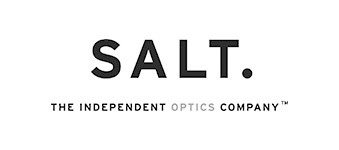Myopia, or nearsightedness, is a common refractive error that causes distant objects to appear blurry while nearby objects remain clear. While myopia does not typically get better with age, the progression of this condition can slow or stabilise over time. Understanding how myopia develops and changes is essential for effectively managing the condition and preserving long-term eye health.
Early detection through children’s eye exams is key to managing myopia in younger individuals, while adult and senior eye exams can help track progression and address complications as they arise.
What is Myopia?
Myopia is a refractive error that causes close-up objects to be seen clearly, while objects in the distance are out of focus. It’s more commonly known as nearsightedness and affects 30% of the Canadian population.
Myopia occurs when the eyeball is too long or the cornea is overly curved. Because clear vision depends on light refracting properly through the cornea to reach the retina, abnormalities in the cornea or the shape of the eyeball can lead to vision issues.
A routine eye exam can identify myopia. Common symptoms include:
- Frequent headaches
- Eyestrain
- Squinting to see clearly
- Blurred or unclear vision at a distance
- Fatigue during tasks requiring distance vision, such as driving, playing sports, or viewing objects far away
How Does Myopia Occur?
Myopia occurs when the eye grows elongated or the cornea becomes too curved, causing light to focus in front of the retina instead of directly on it. This structural issue results in blurred distance vision.
While genetic predisposition plays a significant role, environmental factors such as increased screen time, reduced outdoor activities, and prolonged near work are also contributors to the rising prevalence of myopia.
Does Myopia Improve Naturally?
Myopia often begins in childhood, with studies indicating that, the earlier it develops, the more severe it may become later in life. The increasing prevalence of myopia in children is thought to be influenced by both genetic and lifestyle factors, including:
- Time spent studying
- Time spent indoors compared to outdoors
- Activities involving close-up focus, like reading or using screens
Myopia can be detected during your child’s routine eye exam and managed through myopia control strategies.
In most cases, myopia stabilizes in early adulthood. Many individuals notice their vision stops worsening in their early 20s, which some may mistakenly interpret as an improvement. However, this stabilization is typically due to the slowing of the eye’s growth, rather than a reversal of myopia.
For some, vision changes may occur after the age of 40, but these changes are usually not an improvement. Research shows that myopia can lead to more significant vision challenges in older age. While there have been rare cases where myopia seems to improve after 40 or 50, these changes are often linked to other eye conditions, such as cataracts or presbyopia.
Relying on the hope that myopia will improve with age is not a solution. Instead, consult your optometrist to explore effective correction options tailored to your needs.
Are There Risks Associated with Myopia?
If left unmanaged, severe or high myopia can increase the risk of serious eye conditions, particularly in individuals with high myopia. These risks include:
- Retinal detachment: The elongated shape of the eye in myopic individuals increases tension on the retina, raising the likelihood of detachment.
- Glaucoma: High myopia is a risk factor for this glaucoma, which can lead to irreversible vision loss if untreated.
- Cataracts: People with myopia may develop cataracts earlier in life, affecting their quality of vision.
By addressing myopia early through treatments and regular monitoring, these risks can be mitigated.
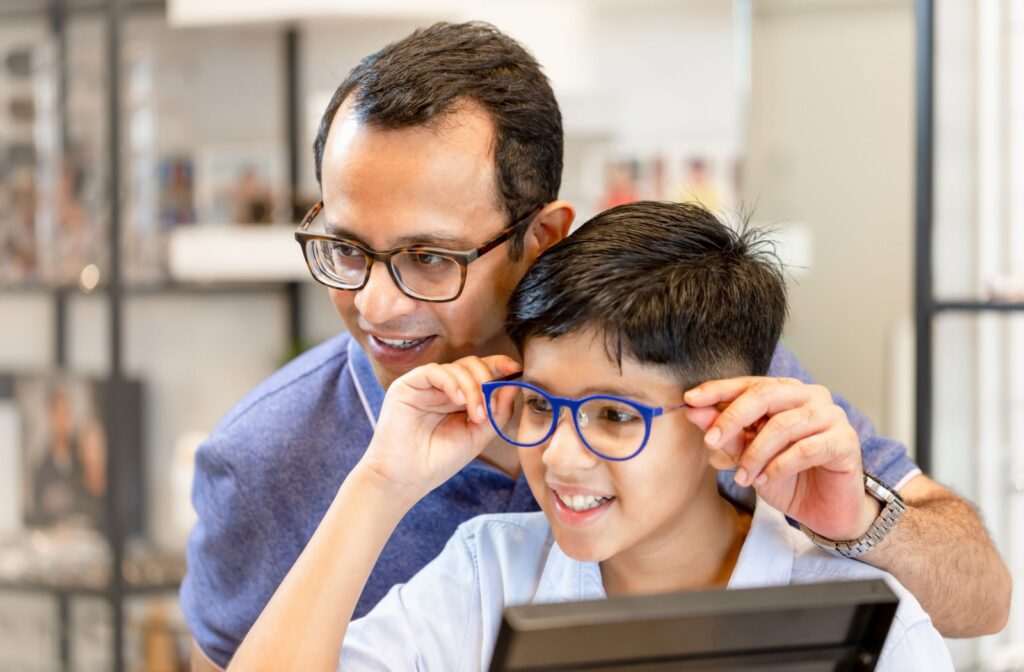
Can Myopia Be Treated?
Although myopia cannot be cured, several treatment options can manage its progression and minimise its impact on daily life.
Myopia Control Strategies
Specialised treatments, such as atropine eye drops, and multifocal contact lenses, aim to slow the progression of myopia in children. These methods work by addressing the underlying causes of eye elongation.
Corrective Lenses
Eyeglasses and contact lenses remain the most common way to correct myopia. They provide clear vision by redirecting light to focus on the retina, compensating for the eye’s elongated shape.
Lifestyle Adjustments
Encouraging outdoor play and limiting screen time can significantly reduce risk factors for myopia progression. These habits are particularly beneficial for children, whose eyes are still developing.
Laser Vision Correction
For adults, procedures like LASIK or PRK can reshape the cornea, offering a long-term solution for myopia correction. However, these surgeries do not address the underlying causes of eye elongation and are not suitable for everyone.
Can Lifestyle Changes Help Manage Myopia?
Lifestyle modifications can complement medical treatments and play a significant role in managing myopia, particularly for children.
- Increase outdoor time: Studies show that spending at least two hours a day outdoors can reduce the risk of myopia progression in children. Natural light exposure helps regulate eye growth and reduces the impact of near work.
- Practice the 20-20-20 rule: To combat digital eye strain, take a 20-second break every 20 minutes to look at something 20 feet away. This simple practice can reduce eye fatigue and discomfort.
- Minimise screen time: Limiting the use of digital devices, especially for younger children, can prevent strain and support healthier eye development.
By incorporating these habits into daily routines, families can create a supportive environment for managing myopia effectively.
The Importance of Regular Eye Exams
Whether for children or adults, regular eye exams are vital for detecting and managing myopia. These exams allow optometrists to monitor changes in prescription, identify potential complications, and recommend appropriate treatments.
Early detection is particularly important for children, as interventions are most effective when implemented during the early stages of myopia progression.
Scheduling a comprehensive eye exam helps to protect long-term vision and to maintain overall eye health.
Myopia Control at Brighton Eye Care
While myopia does not typically improve with age, understanding its progression and implementing effective management strategies can help protect vision. Treatments like myopia control for children and lifestyle adjustments for all ages are key to reducing the impact of this condition.
At Brighton Eye Care in Saskatoon, SK, we specialise in personalised care to address your unique eye health needs. From myopia control to comprehensive eye exams, our team is here to support you at every stage.
Request an appointment today and take proactive steps toward maintaining clear, healthy vision.




